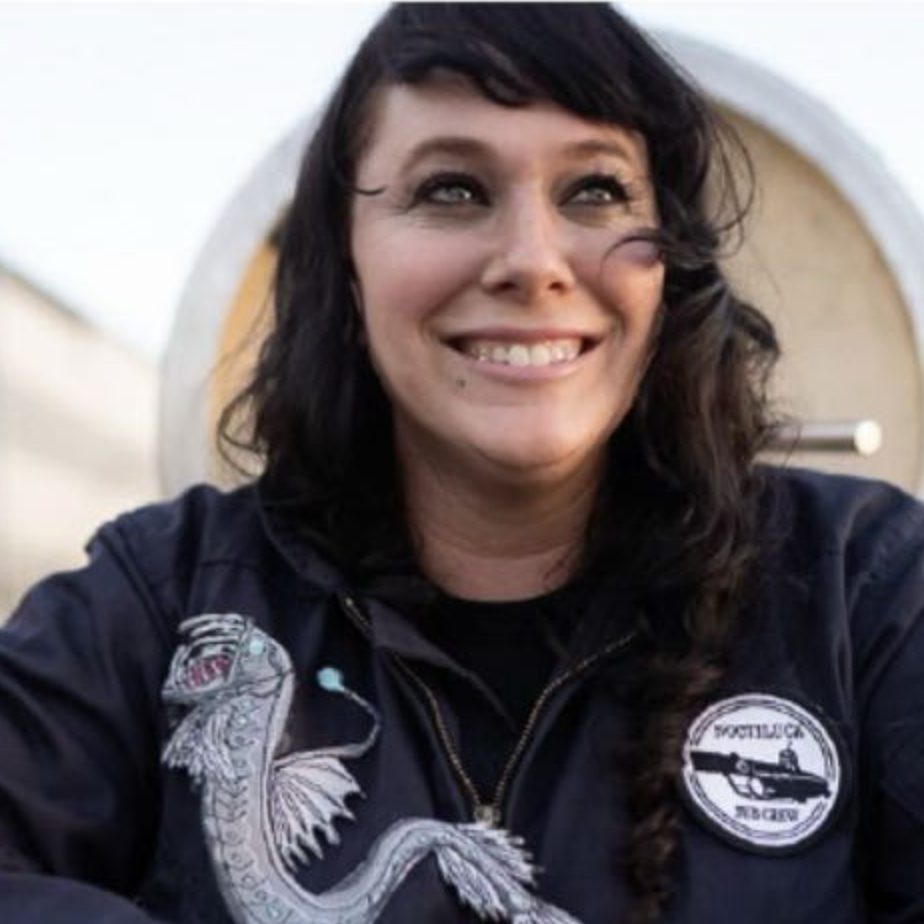About This Project
Unprecedented ocean temperatures in 2023/2024 have led to the worst mass coral bleaching event on record. Artificial upwellings (AU) simulate their natural counterpart, bringing cooler, cleaner, nutrient-rich water from depth to the surface waters, effectively cooling and boosting resilience of marine ecosystems. We will conduct ecological surveys with upwellers to test the hypothesis that AU can protect and restore coral reefs that are affected by climate change, as well as other stressors.
Ask the Scientists
Join The DiscussionWhat is the context of this research?
Many healthy coral reefs are next to upwellings [1], and given the obvious mechanism of cooling to reduce thermal stress, there is a strong case for studying the potential of artificial upwellings in coral reef restoration. Upwellings also deliver nutrients and ‘fresh’ water, (i.e. the water is different chemically, physically, and microbially,) [2] which might offer unknown advantages to nearby reefs, as many are more resilient [3], with lower incidences of disease [pers. obs.] Healthy reefs seem to make use of increased nutrients from a natural upwelling source, however, reefs in the Caribbean show an increase in fleshy algae near upwellings [1]. Because reef response patterns are heterogeneous and context-specific, it is essential to study the effects in place.
What is the significance of this project?
Most reef restoration technologies address the outcomes of climate change, like mortality, but not their causes, like heating, metabolic stress, and weakened immunity. Ecosystem-based approaches to coral reef conservation are urgently needed, and can be used to improve other restoration efforts. By cooling the reef, artificial upwellings (AU) mitigate the cause of thermal stress on all reef organisms, not just corals. This study would be the first ever field investigation of the effects of artificial upwellings on coral reef ecosystems, providing essential baseline data on the potential benefits, co-benefits, and impacts of this technology. The results will inform future research, and if favorable, AU could be a powerful tool to protect reefs into the future.
What are the goals of the project?
We use a Before After Control Impact (BACI) experimental design for ecological assessments at our sites, with continuous sensor data, and manual surveys collected once weekly for two months. The following parameters will be measured: In situ sensor data loggers- temperature, pressure, conductivity (surface mount); temperature, pressure (deep mount). Field surveys: turbidity, pH, chlorophyll-a, nutrient analysis, microbial abundance/diversity, plankton abundance/diversity, macrofauna abundance/diversity, coral demographics, fish demographics, substrate functional group composition, disease prevalence. All macrofauna parameters will be collected by stereo video for automated analysis, all other parameters will use standard ecological survey protocols.
Budget
This Experiment project is an essential proof-of-concept on the path to a larger and more complex research program. Since there has not been any field study investigating the effects of artificial upwellings on coral reefs, this first project is crucial to assessing whether this technology might be safe and effective for reef restoration. If the results of this study are encouraging, it would provide a stronger rationale for future research and funding, and facilitate more research and development into this technology. Although unlikely, it may also reveal unexpected impacts that negate the possible benefits, and that outcome is equally important for the scientific and restoration communities to know.
Endorsed by
 Project Timeline
Project Timeline
We need an aggressive schedule to catch summer temperatures. The first prototype has already been designed, and needs to be assembled and tested prior to travel to the field site. The pre-deployment ecological surveys will take place at the same time as the upweller is being deployed and tested in nearby water, and will be brought to the study site at the beginning of July. The surveys will continue throughout the deployment, and will be written up at the end of the experiment.
May 24, 2024
Project Launched
Jun 14, 2024
Prototype Built
Jun 28, 2024
Pre-deployment Ecological Surveys Complete
Jul 01, 2024
Initial Deployment
Aug 30, 2024
Deployment Ecological Surveys Complete
Meet the Team
Team Bio
Our larger team is a interdisciplinary mix of scientists, hardware and software engineers, and coral reef restoration experts. In order to keep costs low for this study, this project has a reduced team of one engineer and one ecologist. More information about our team can be found on our organization's website.
Shanee Stopnitzky
I am a complex systems coral reef ecologist and marine technologist with postgraduate education from the Santa Fe Institute, UC Santa Cruz, and the University of Queensland.
I have worked as a researcher in the academic, public, private, and NGO sectors for nearly 20 years, and have 11 years experience doing applied research in environmental impact assessment and marine impact mitigation for various organizations.
As someone who believes deeply in the ability of everyone to explore and understand their world, I have also been on the founding teams of several community-based organizations, including Counter Culture Labs, an open science laboratory, and I also founded the Community Submersibles Project, an initiative to democratize ocean exploration.
I've also led several marine engineering projects including a custom artboat, retrofitting two submarines, and a completely novel underwater habitat design.
Lab Notes
Nothing posted yet.
Additional Information
An upweller device is made up of a surface unit, umbilical, and motorized turbine that can be deployed by dive boat. The surface unit provides buoyancy, a sensor platform, electronics, and power storage. The control unit connects to the turbine motor via a subsea umbilical cable that transmits power to and data from the motor. The turbine is attached to the motor that spins the turbine blades slowly, which creates a pumping action that draws a large volume of water from depth and sends it to the surface. The cool water is directed with rigid structures or mesh tunnels, depending on the bathymetry of the site, that are attached to the tether and configured to reach the intended reef location. The turbine moves slowly and continuously, which will prevent severe fouling and should not injure wildlife.
Project Backers
- 15Backers
- 101%Funded
- $12,126Total Donations
- $808.40Average Donation


